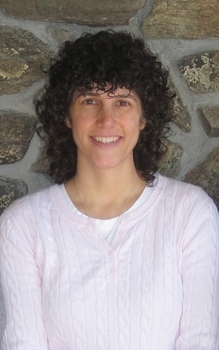Question
When should a child move from riding in a car seat to riding in their mobility base?
Answer
Many people who use wheelchairs ride within the wheelchair. One criterion is the accessibility of the vehicle itself. To ride within a wheelchair, generally an accessible van is required and this can be quite expensive. Funding is often not available and this is something the client's family may have to come up with on their own. If the funding is simply not available, the client may need to be transferred from a mobility base to a car seat, and if the mobility base is transportable, for example a folding manual chair, this can be placed in the back of the vehicle, perhaps in the trunk. If an accessible vehicle is available, we still want the child to stay in a car seat to at least 40 pounds. If they are not being well supported within the car seat, then an adaptive car seat can provide the larger dimensions or increased postural support if required, until the client is ready to ride in their mobility base.
With that said, many children who are transported on a school bus may be transported in their mobility base, even if they are not 40 pounds. This is something you can discuss with the individual school district. Some school districts do transfer children under 40 pounds into a car seat and transport both the child and the car seat with in a vehicle seat of the school bus, as well as the wheelchair to the school and back home again. If that is the case, the family might have to bring out to the school bus each morning the wheelchair base and car seat and have both of those loaded in each day. The main drawback of using a separate car seat, especially once children are larger than 40 pounds, is transferring someone from the seat to their wheelchair is a very difficult transfer. It puts the client and caregiver at risk for injury. There are a lot of things for that body to collide with, not a lot of space, and a lot of rotation involved in that maneuver. That is something to be aware of and again some of those handouts go into a little more detail.
